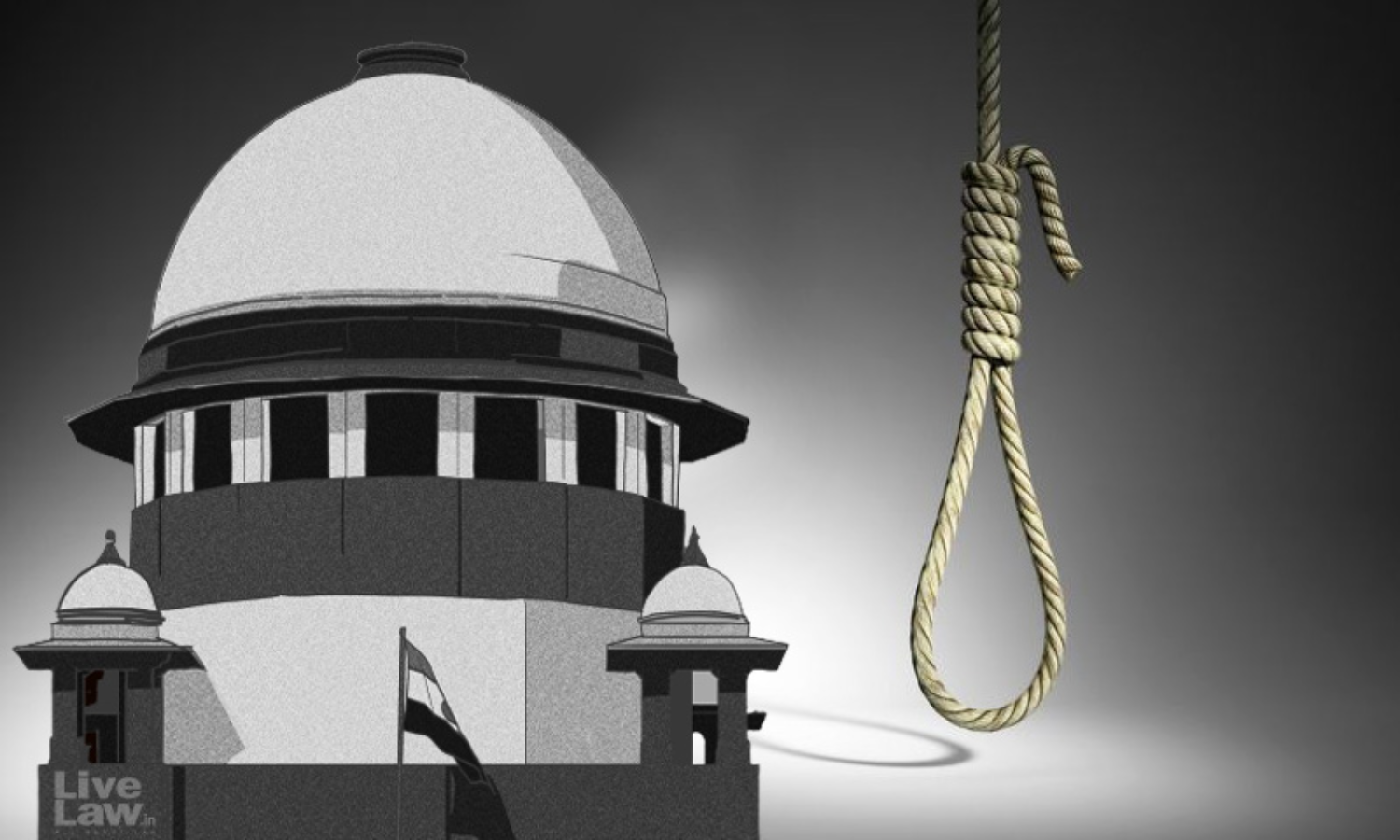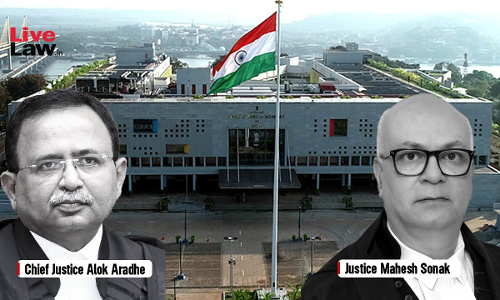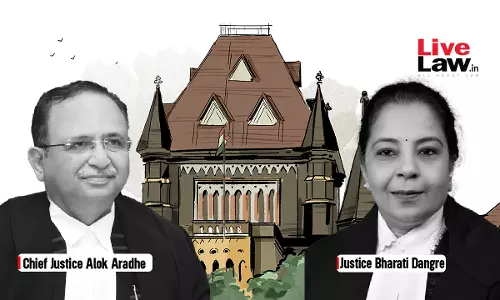'Past Conduct Not Always A Factor When Imposing Death Penalty' : Supreme Court Commutes Death Sentence

Last week, the Supreme Court set aside the death sentence of a man accused, along with others, of firing on and killing multiple people over suspected political enmity in Uttar Pradesh’s Muzaffarnagar, observing that although the crime fell in the ‘rarest of rare’ category, the death row convict was not beyond reformation. His recidivism had factored in with the confirming...
Last week, the Supreme Court set aside the death sentence of a man accused, along with others, of firing on and killing multiple people over suspected political enmity in Uttar Pradesh’s Muzaffarnagar, observing that although the crime fell in the ‘rarest of rare’ category, the death row convict was not beyond reformation.
His recidivism had factored in with the confirming court since he had earlier been convicted in another murder case, but the top court held that past conduct does not necessarily have to be taken into consideration while imposing the death penalty, particularly when the commutation of the sentences of other accused persons, but not his, would lead to an anomalous situation.
This verdict was passed by a bench of Justices BR Gavai, BV Nagarathna, and Prashant Kumar Mishra hearing an appeal against a February 2017 judgment of the Allahabad High Court confirming the murder conviction and death sentence of one Madan. While dismissing Madan’s challenge against the lower court’s decision, the high court had commuted to life imprisonment the sentence of capital punishment imposed on another accused, Sudesh Pal. His appeal was also heard by the bench but ultimately dismissed.
The case, stemming from an incident in 2003 in Muzzafarnagar, involved a brutal attack on individuals supporting a Gram Pradhan candidate. The conflict arose from political rivalry, resulting in indiscriminate firing by the appellants and other accused. Not only did six individuals lose their lives in the course of the firings, but one eyewitness was murdered during the trial. After extensively examining the facts of the case and witness testimonies, the Supreme Court concluded that the crime fell into the ‘rarest of rare’ category, having the potential to ‘shock the collective conscience of the society’.
The next question that the court asked itself is whether the appellants were rightfully sentenced to die for their roles in the heinous crime. No, the court has held, refusing to confirm Madan’s death sentence. Even while recognising the shocking nature of the crime and its significant impact on the community, the court considered the possibility of reformation for the convicts. In an effort to balance the different considerations, it ultimately commuted the death penalty, but instead of substituting it with a sentence of life imprisonment simpliciter, the court categorically precluded the chance of remission till at least twenty years are served. Drawing support from a catena of judgments, the bench explained what life imprisonment without remission for a fixed term meant –
“There might be certain cases wherein the court may feel that the case just falls short of the rarest of the rare category and may feel somewhat reluctant in endorsing the death sentence. But at the same time, having regard to the nature of the crime, the court may strongly feel that a sentence of life imprisonment subject to remission which normally works out to a term of 14 years would be grossly disproportionate and inadequate. It has been held that the court cannot be limited only to two punishments, one a sentence of imprisonment, for all intents and purposes, of not more than 14 years, and the other death. It has been held that a far more just, reasonable, and proper course would be to expand the options and to take over what, as a matter of fact, lawfully belongs to the court i.e., the vast hiatus between 14 years’ imprisonment and death. It has been held that the court would be entitled to substitute a death sentence with life imprisonment or by a term in excess of fourteen years and further to direct that the convict must not be released from prison for the rest of his life or for the actual term as specified in the order.”
Notably, the bench cited a March 2023 judgment of the Supreme Court in Sundar alias Sundarrajan v. State, in which the death penalty of a man convicted of kidnapping and murdering a seven-year-old child was commuted, with the court observing that ‘the ‘rarest of rare’ doctrine required a death sentence to be imposed only where there was no possibility of reformation. Accordingly, in the current appeals, the Justice Gavai-led bench applied not only the ‘crime test’, but also the ‘criminal test’ and concluded that while the prosecution had placed no material to prove that Madan was beyond reformation, the reports by the jail authorities and the Institute of Human Behaviour and Allied Sciences (IHBAS) showed “that there was a possibility of the appellant being reformed”.
Another factor that weighed with the court in setting aside Madan’s sentence was that he was the only convict on death row for the crime. It found that the imposition of the death penalty on Madan alone, when Sudesh Pal’s sentence had been converted to life imprisonment by the Allahabad High Court, would lead to an ‘anomalous situation’.
“From the evidence of the witnesses, it is clear that the role attributed to all the accused persons has been similar. The trial court imposed a capital sentence on appellants Madan and Sudesh Pal. However, insofar as accused Ishwar is concerned, though the evidence against him is on similar lines, he was sentenced to life imprisonment. The high court, on the basis of the same evidence, though confirmed the death penalty insofar as Madan is concerned, partly allowed the appeal of Sudesh Pal and sentenced him to undergo life imprisonment. A perusal of the judgment would reveal that the only distinction drawn between the cases of Sudesh Pal and Madan is the additional factor that Madan was already awarded life imprisonment in another case. However, the court, in the case of Rajendra Pralhadrao Wasnik v. State of Maharashtra, has held that past conduct does not necessarily have to be taken into consideration while imposing the death penalty. If the high court’s judgment is maintained, it would lead to an anomalous situation.”
Therefore, while dismissing Pal’s appeal, the Supreme Court allowed Madan’s plea to set aside the sentence of the death penalty. Although the murder conviction was not disturbed, the court held that the ‘middle path’ laid down in Swamy Shraddananda and Murali Manohar Mishra, ought to be followed. Disposing of the appeals, it concluded, “We find that the interest of justice would be met by converting the death penalty into life imprisonment i.e., actual imprisonment for a period of 20 years without remission.”
Case Details
Madan v. State of Uttar Pradesh | Criminal Appeal No. 1381-1382 of 2017
Citation : 2023 LiveLaw (SC) 982
Click here to read the judgment




